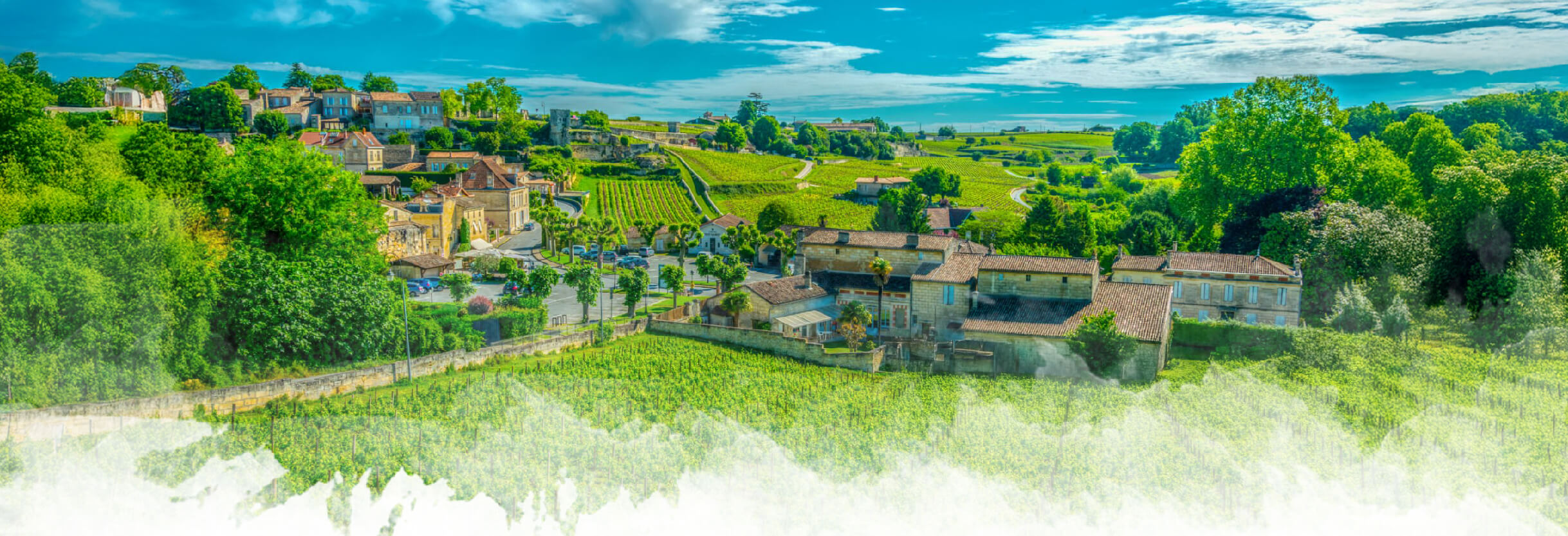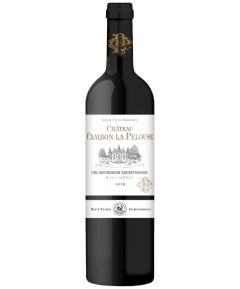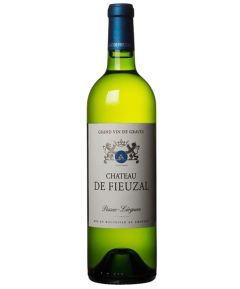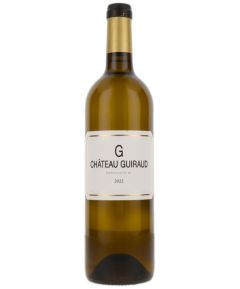How to Approach Bordeaux

How to Approach Bordeaux
Jan 30, 2024
By
tflavius
How To Approach Bordeaux Wines
Bordeaux wines can be a bit intimidating at first sight. With approximately 65 AOCs, 8,000+ châteaux and an estimated 17,000+ labels, it is not easy for the consumer to navigate the Bordeaux section of a wine shop. Traditionally, Bordeaux wines do not mention the grape variety on their label, which is a key buying criterion for numerous consumers. Besides, unlike warmer regions such as California or Chile, each vintage in Bordeaux has a different style, meaning the taste profile you get one year may be quite different the following year.
With this in mind, how can a consumer better know what to expect from a bottle? From the 65 AOCs mentioned above, roughly half are red wine. Is that to say that one can expect 30 different taste profiles from Bordeaux reds? Absolutely not.
There are two main groups of red wines in Bordeaux and therefore two main styles of wine: those produced on the left bank of the Gironde estuary and those produced on the right bank; this is the starting point.
Some of the best-known appellations from the left bank include Medoc, Haut-Medoc, Saint-Estephe, Pauillac, Saint Julien, Margaux, Graves, Pessac-Leognan, etc.
On the right bank, Saint-Emilion and Pomerol are the most acclaimed, but Fronsac, Castillon, Lalande-de-Pomerol and a few others fall under the same family. Wines simply labeled as “Bordeaux” or “Bordeaux Superieur” can be produced all over the region (left and right bank included) but often come from the “Entre-deux-Mers” area located in between the left and right bank. As always with French wine, there are exceptions, but wines from that region will generally fall under the second group in terms of profile.
The next step is to understand that Bordeaux reds are for the most part blends and not single varietals. The blend will vary whether you are on the left or right bank. On the left bank, Cabernet Sauvignon is king and will tend to be the main component of the blend while Merlot is dominant on the other side of the river. These two varieties will be complemented in various proportions by Cabernet Franc, Petit Verdot, Malbec and Carmenere.
Another factor to consider is the size of vineyards. Left bank estates operate much larger vineyards than their counterpart on the right bank. This means a greater variety of soils and therefore more grapes in the final blend. It is common to find 4-5 grapes in a left bank blend when you would most likely find a blend of 2-3 grapes on the right bank.
Merlot finds its origin in Bordeaux and is currently the most planted grape in the region. This however may change gradually in the future as Merlot is most affected by global warming. As seen in recent years, wines show higher alcohol content than ever seen before and in the worst cases a lack of freshness and drinkability. Winegrowers historically appreciate this variety as it generates good yields and is the first to be harvested before autumn rains can damage the production. Lush, round, velvety are some of the common adjectives used to describe a good Merlot.
It’s in Pomerol and Saint-Emilion that a wine enthusiast will find the best expressions of Merlot in Bordeaux and arguably in the world. This is due in part
to experienced winemakers but also to unique soils and sub-soils that allow slow ripening of the fruit and constant access to water for the vines.
On the clayey soils of Pomerol, Merlot shines with deeply coloured wines, floral notes and a unique combination of depth, power, and luscious mouthfeel. Petrus is the most eminent example and is one of the very few 100% Merlot wines found in Bordeaux.
Only a few kilometers away, Merlot has a completely different expression on the limestone plateau of Saint-Emilion. The wines show more bright fruit with a leaner and more sophisticated profile on the palate.
Cabernet Franc is typically the main partner to Merlot on the right bank and will usually complete the blend. This variety is not widely planted in the region as it doesn’t do quite as well in most areas. That said, in some specific sites, Cabernet Franc brings unmatched refinement and aromatic complexity to a blend. Chateau Cheval Blanc, Ausone, Lafleur and Angelus all feature high amounts of Cabernet Franc and are some of the very best wines in Bordeaux.
Simply said, the two varieties combine well as Merlot brings flesh, volume and alcohol to the blend while Cabernet Franc adds fine tannins, bright fruit and a long finish.
Outside of Saint-Emilion and Pomerol, the consumer who likes this style of wine can find great values that won’t break the bank in Fronsac, Montagne Saint-Emilion and Castillon as the general level has improved in these appellations in the past 10 years.
Cabernet Sauvignon, also native to the region, is the second most planted grape in Bordeaux. While it can be found in various areas, the left bank and especially the Medoc, is its undisputed home. Cabernet Sauvignon is a late ripening grape variety and unfortunately, it needs a warmer environment than most of Bordeaux can provide. The warmer “terroir” of the left bank with well drained soils and hot gravels are the perfect environment for this variety.
Cabernet Sauvignon will give the wine its colour, backbone, and structure. It also has a unique aromatic signature, notably blackcurrant and cedar. With lesser alcohol than Merlot and more acidity, this is a very tannic variety than can be a bit austere in its youth but with incredible aging potential. It must be noted that thanks to global warming and progress in vineyard management techniques, the share of Cabernet Sauvignon has grown in left bank blends in the past 15 years.
On the left bank, Cabernet Sauvignon is typically blended with Merlot which will soften the Cabernet’s austere nature. Petit Verdot is common as well but rarely exceeds 5% of the blend. Cabernet Franc and Carmenere can also be found here and there and add some complexity to the final blend.
Once again, one can’t go wrong with famous appellations such as Pauillac or Margaux. My recommendation is to keep an eye on Saint Julien which tends to be the most consistent appellation in the Medoc and the wines remain reasonably priced. Great values can also be found in Pessac-Leognan, Moulis, Medoc and Haut Medoc.



